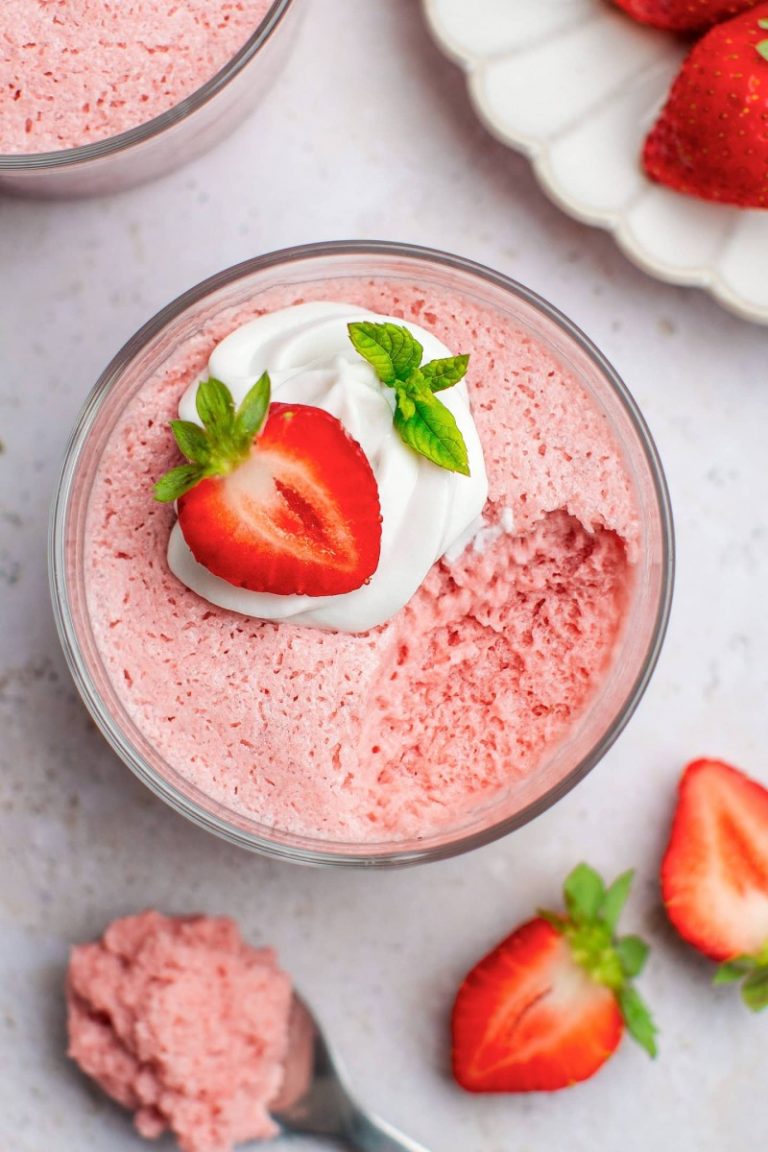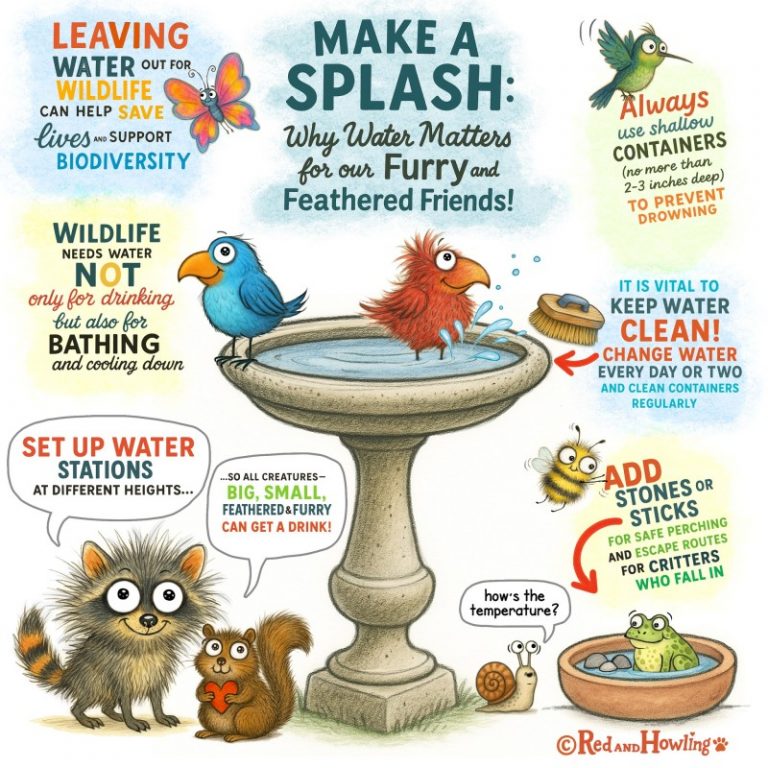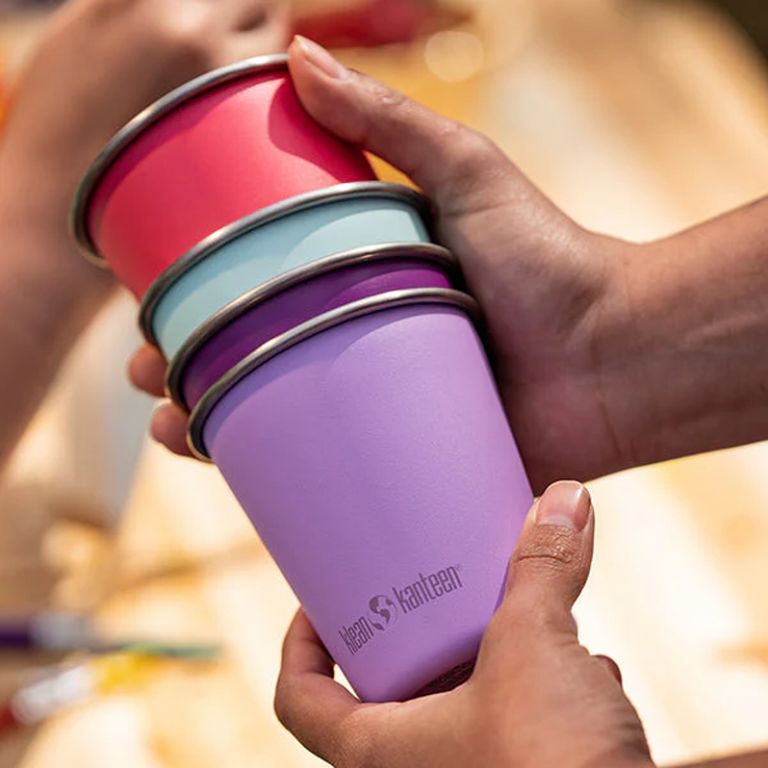
Choosing skin cleansers that are both zero waste and vegan means caring for your skin, animals, and the planet all at once. Zero waste products cut down on packaging and plastic, while vegan options avoid animal-derived ingredients and cruelty. Together, they offer a fresh way to keep your skin clean without leaving a heavy footprint.
Daily skin cleansing is key to a healthy routine, removing dirt, oil, and pollution build-up. Zero waste vegan cleansers do this job gently and effectively, with eco-friendly ingredients and packaging you can feel good about. This approach makes it easy to support ethical choices without compromising skincare quality.
Green People is an organic beauty brand, which sells cleansers for oily, mature or teenage/oily skin, in easy-to-recycle packaging (mostly made from sugar cane). There are scent-free options, and a cleanser for men, which doubles as a shave gel.
Avoid essential oils for pregnancy/nursing and affected medical conditions.
Avoid shea butter for latex allergies. Keep away from pets, due to essential oils, cocoa butter etc.
SPF creams may contain pet-toxic zinc or titanium oxide, so avoid if you live with animal friends (or wash off, before letting them lick or kiss you!)
Most items are vegan (the balm is not, it contains beeswax).

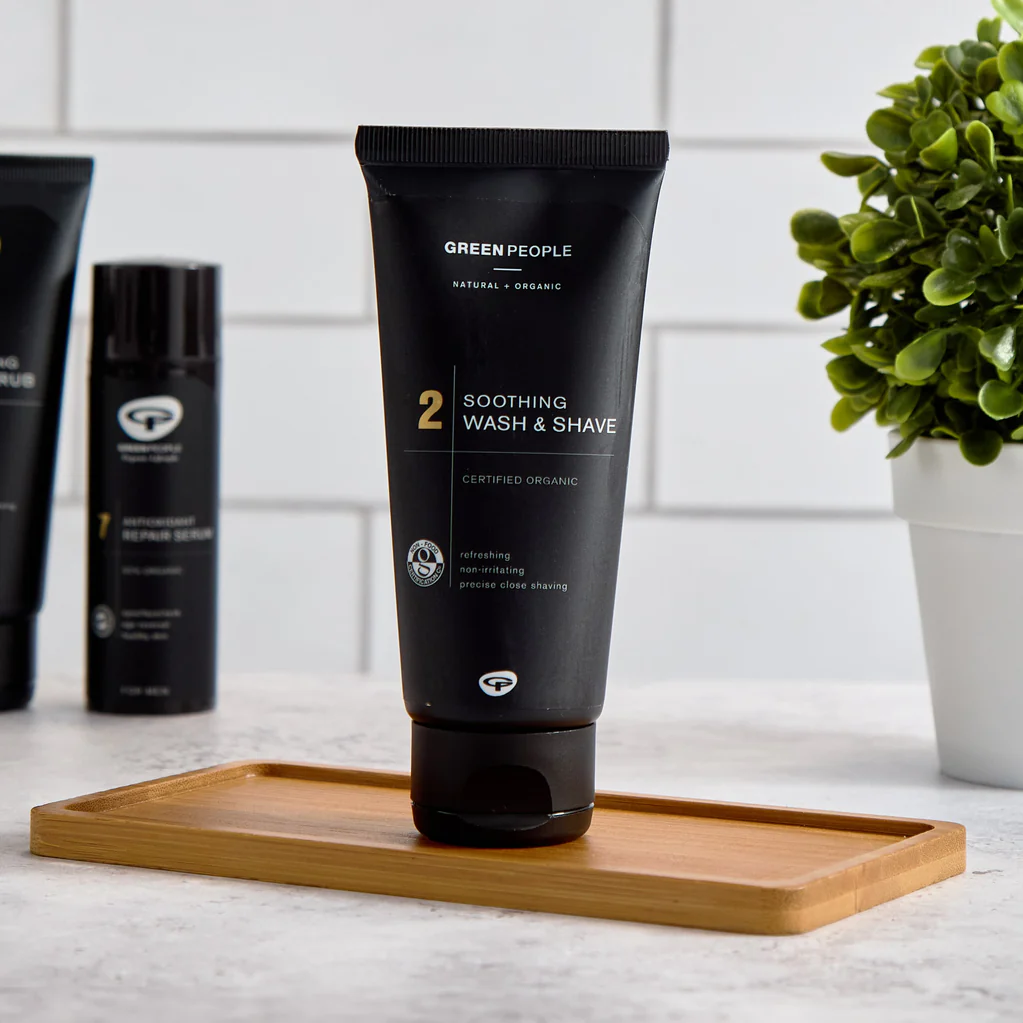
A Facial Cleansing Bar (made in Yorkshire)

Alter/Native Facial Cleansing Bar is handmade in Yorkshire by a co-operative. The pink clay version has a light floral scent, while the gently exfoliating charcoal soap restores balance to tired and oily skin. Contains olive/coconut oils, shea butter and essential oils.

Solid Biodegradable Facial Cleansing Bars

SBTRCT is a zero waste beauty brand, which offers solid facial cleansers made with biodegradable ingredients. Choose from a fragrance-free version, a Rose and Tonka Bean cleanser (scented with geranium oil) or a Make-up Melt bar.
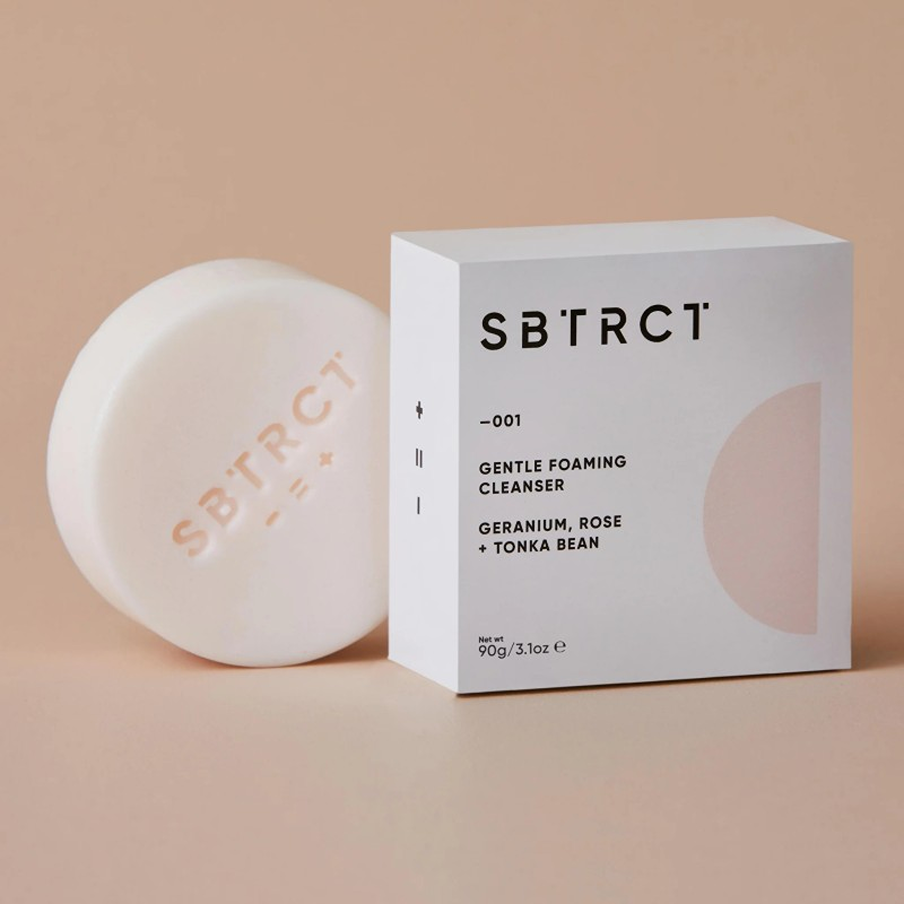
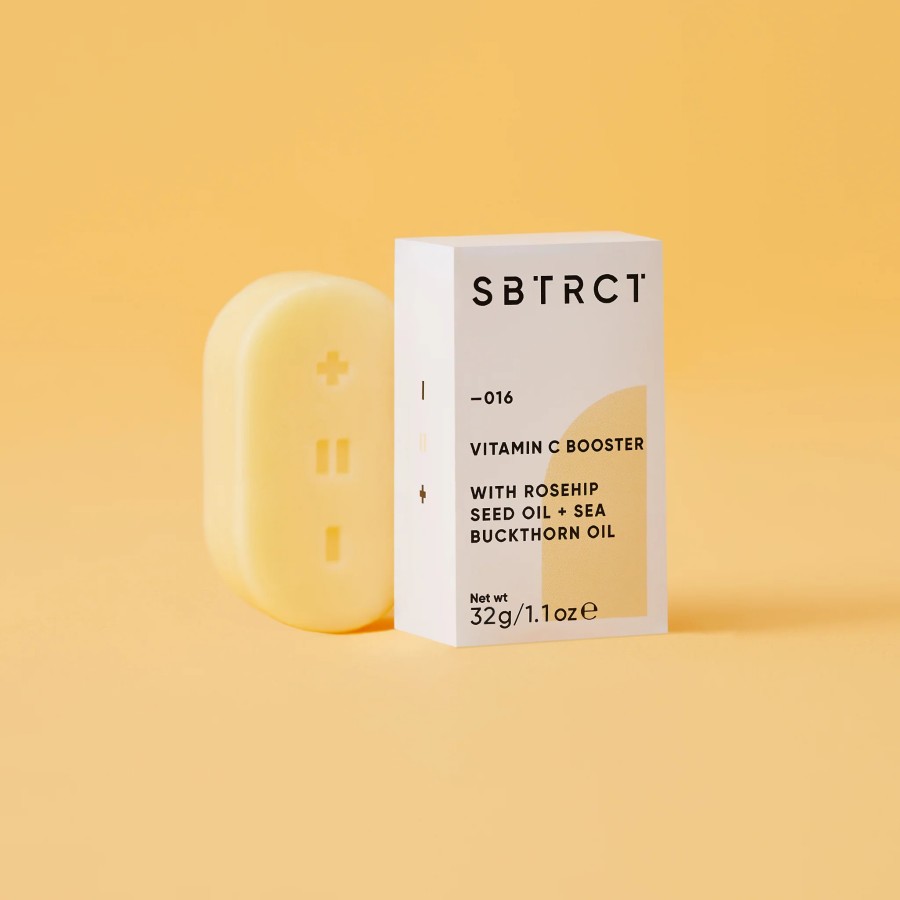
SBTRCT makes all its products in the UK under high standards. They work with trusted suppliers and keep a close eye on quality. This supports local jobs and helps make production more transparent and fair, something many brands can’t guarantee.
Organic Calendula Skin Cleansing Cream

Neal’s Yard Remedies Calendula Cleanser is an organic cleansing cream to cleanse and remove make-up, ideal for dry and sensitive skin.
Made with jojoba oil, the Frankincense Cleanser is enriched with baobab seed oil and organic cocoa butter. Kerbside collections should recycle the packaging (if not, you can take empty items back to the store for recycling).
What Makes a Skin Cleanser Zero Waste?
Choosing a skin cleanser that is both zero waste and vegan means looking beyond just how it cleans your skin. It involves understanding what zero waste truly means and how a vegan label changes the ingredients and ethics behind the product. When combined, these features create cleansers that align with conscious living and ethical care for your skin, the environment, and animals.
A skin cleanser earns the zero waste label by focusing on reducing or eliminating waste at every step. This starts with packaging. Look for products that avoid single-use plastics, using containers made from glass, metal, or compostable paper instead. Some brands offer solid bars instead of liquids, which cut back on the need for bottles altogether.
Ingredients also play an important role. Zero waste cleansers generally use biodegradable components that break down naturally without adding to landfill or polluting waterways. This rules out synthetic chemicals, artificial colours, or persistent microplastics. The product’s entire lifecycle, from sourcing to disposal, should aim to leave as little trace as possible.
When buying, check if the product or packaging can be refilled or recycled locally. Minimalist design is a common trait since easy-to-recycle packaging uses less ink, plastic, and adhesives.
Defining Vegan Skin Cleansers
Vegan skin cleansers avoid all animal-derived ingredients and by-products. That means no beeswax, lanolin (from sheep’s wool), collagen, or dairy extracts. Instead, they rely on plant-based oils, extracts, and natural compounds for cleansing and nourishment.
Crucially, vegan also means the product is never tested on animals. This commitment ensures cruelty-free practices from development to final sale. Vegan certification from recognised bodies adds reassurance that these standards are met.
Many vegan cleansers feature natural ingredients rich in antioxidants and vitamins, which nourish the skin gently while respecting animal lives.
Common Ingredients in Zero Waste Vegan Cleansers
You might wonder what actually goes into these cleansers. Here are some key ingredients you’ll often find, and why they matter:
- Coconut oil: A natural cleanser that dissolves dirt and oils, while leaving skin smooth.
- Shea butter: Moisturises without clogging pores, with anti-inflammatory benefits.
- Clay (kaolin or bentonite): Pulls out impurities and balances oily skin gently.
- Aloe vera: Soothes irritation and calms sensitive skin.
- Essential oils (like lavender or tea tree): Add natural fragrance and antibacterial properties without synthetic chemicals.
- Rice powder or oat flour: Gently exfoliate without harsh particles, safe for delicate skin.
These ingredients break down naturally and come from sustainable plant sources, supporting the zero waste and vegan ideals.
Top Zero Waste Vegan Skin Cleansers
When it comes to zero waste vegan skin cleansing, the choices extend beyond just the ingredients inside the product. The packaging, form, and how you use each cleanser also play a big part in reducing waste and caring for your skin naturally. Among the broad selection, two standout options perfectly combine eco-friendly values with practical benefits: solid bar cleansers and reusable makeup remover pads or cleansing cloths. Both are simple, effective, and work well together to minimise waste without skimping on results.
Solid Bar Cleansers: Eco-Friendly and Convenient
Solid bar cleansers have quickly become favourites for many people following a zero waste lifestyle. Their appeal lies not only in the natural, vegan ingredients they contain but also in their minimal packaging. Usually wrapped in compostable paper or cardboard, they avoid plastic entirely, which dramatically cuts down on landfill contributions.
Besides the packaging, solid bars last a long time if stored properly. Many last as long as two bottles of liquid cleanser, making them extremely economical. They are easy to travel with, taking up less space and requiring no liquid restrictions on flights.
In terms of cleansing, these bars offer gentle yet effective properties depending on their ingredients:
- Coconut oil and shea butter create a creamy lather that removes dirt while nourishing dry or normal skin.
- Clay-based bars work wonders for oily or combination skin, drawing out impurities and balancing excess shine without stripping natural oils.
- Bars with oat flour or rice powder provide mild exfoliation, ideal for sensitive skin prone to irritation.
Solid bars are less likely to contain harsh preservatives or unnecessary fillers, favouring biodegradable ingredients that break down harmlessly. The tactile experience of a bar also encourages mindful application—no overuse, just a simple, controlled cleanse.
Reusable Makeup Remover Pads and Cleansing Cloths
Solid zero waste and vegan cleansers work best when paired with reusable accessories like makeup remover pads or cleansing cloths. These reusable products replace disposable cotton pads or wipes, which contribute heavily to waste and pollution.
Made from materials like organic cotton, bamboo, or hemp, reusable pads are soft, durable, and gentle on the skin. You can wash and reuse them dozens of times, sometimes even hundreds if cared for properly. This reduces the amount of single-use items heading to landfill or incineration.
Cleansing cloths, often made of microfiber or natural fibres, complement solid bars by helping remove residues and providing extra exfoliation if needed. Many people appreciate their versatility for multiple skin types, plus they work with both oil cleansers and foaming bars.
Using these reusable items means you’re not just reducing the plastic waste from packaging but also cutting down fabric and paper waste. Together, zero waste vegan cleansers and reusable pads or cloths form a complete, sustainable cleansing routine. This combination doesn’t just clean your skin; it leaves you with a lighter environmental footprint and a more mindful beauty experience.
Overall, the shift to solid bars and reusable accessories is an easy step with big benefits. They simplify your routine, cut out waste, and offer gentle formulas tailored to your skin’s unique needs—all without compromising on the quality you expect.
How to Choose Zero Waste Cleansers
Choosing the right zero waste vegan cleanser is more than just picking a product off the shelf. It means matching the cleanser to your skin type, understanding the ingredients inside, and taking care in how you use and store it. This approach ensures your skin stays healthy while your routine stays eco-friendly. Let’s break it down into manageable steps so you can find a product that fits your skin and lifestyle perfectly.
Picking the Right Cleanser for Your Skin Type
Not all cleansers suit every skin type, which makes it important to choose carefully. Here’s a simple guide based on common skin types:
- Dry Skin: Look for cleansers with hydrating ingredients like shea butter, coconut oil, or aloe vera. These will cleanse without stripping natural oils that your skin needs.
- Oily or Combination Skin: Cleansers featuring clay (like kaolin or bentonite) gently absorb excess oil and impurities without harsh drying effects.
- Sensitive Skin: Opt for gentle, fragrance-free products with calming ingredients like oat flour or aloe vera. Avoid essential oils or strong exfoliants that might irritate.
- Normal Skin: You can usually use a variety of zero waste vegan cleansers. Choose one based on your personal preference for texture and scent.
Taking a moment to identify your skin type helps you avoid products that could cause dryness, breakouts, or irritation, keeping your routine effective and comfortable.
How to Read Ingredient Labels Wisely
Ingredients lists on zero waste vegan cleansers can be tricky to navigate, especially if you want to be sure there are no hidden animal products or harmful chemicals. Here are some tips:
- Scan for obvious animal ingredients like beeswax, lanolin, collagen, and dairy derivatives. If the label doesn’t clearly state “vegan” or a certification mark, do a quick search on unfamiliar components.
- Avoid synthetic fragrances and colours, which can irritate skin and harm the environment.
- Look for simple, natural names that you recognise. Plant oils, clays, and extracts are a good sign.
- Check for preservatives too. While some are necessary, natural options like rosemary extract or vitamin E are preferable.
When in doubt, brands often provide ingredient explanations on their websites. Choosing products from transparent companies builds trust and ensures your cleanser meets zero waste and vegan standards.
Evaluating Packaging for True Zero Waste
Packaging matters just as much as what’s inside the cleanser. Even if the ingredients are clean and vegan, packaging that won’t break down or isn’t reusable ignores the zero waste goal. Here’s what to look for:
- Packaging made from glass, metal, or compostable paper is best.
- Avoid single-use plastics and excessive wrapping.
- Prefer products that use minimal printing and ink on the labels, as this aids recycling.
- Some brands offer refill systems or return programs, which reduce waste further.
If the packaging can be composted locally or recycled easily, it keeps your skin care routine in line with zero waste principles.
Using Your Zero Waste Vegan Cleanser
How you apply and care for your cleanser can extend its life and reduce waste. Follow these tips for a gentle, effective routine:
- Use a small amount of solid cleanser and create a lather in your hands before applying to your face. This helps prevent product waste.
- Pair your cleanser with reusable pads or cloths to avoid disposable cotton or wipes.
- Rinse thoroughly with lukewarm water to preserve your skin’s natural balance.
- Store solid bars on a well-draining soap dish or mesh pouch to keep them dry. This prevents mushiness and helps bars last longer.
- If your cleanser comes in compostable packaging, compost it fully once empty. Alternatively, recycle or repurpose containers when possible.
Following these simple habits means you use your cleanser more efficiently and reduce waste every day.
Lifestyle Tips to Support Your Zero Waste Routine
Your daily habits can strengthen the impact of choosing zero waste vegan cleansers. Consider:
- Buying from local or small producers who focus on ethical sourcing.
- Investing in multipurpose products, such as cleansers that double as gentle exfoliators or moisturisers.
- Avoiding over-cleansing, which damages your skin and wastes product.
- Keeping an eye on ingredient freshness and shelf life to avoid unnecessary waste.
Zero waste skincare is a lifestyle choice. Each small step you take complements the effort to care for your skin and the planet.
Conclusion
Zero waste vegan skin cleansers offer a practical way to care for your skin while protecting the environment and respecting animals. By choosing natural ingredients and sustainable packaging, you lower waste and avoid harmful chemicals.
Starting with simple swaps like solid bars or reusable pads can make a difference over time without overwhelming your routine. Stay consistent with these choices to create a lasting, positive impact on your skin and the planet. Your daily cleanse becomes more than a skincare step—it’s a thoughtful act that supports a cleaner, kinder world.

